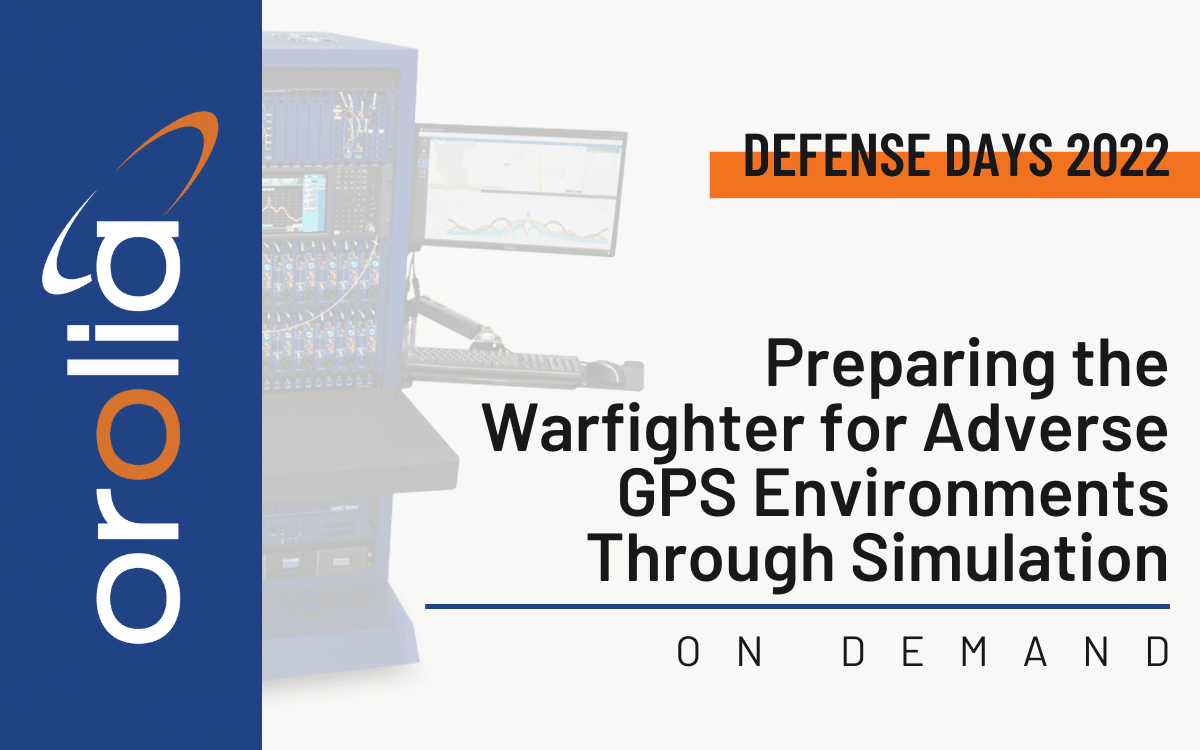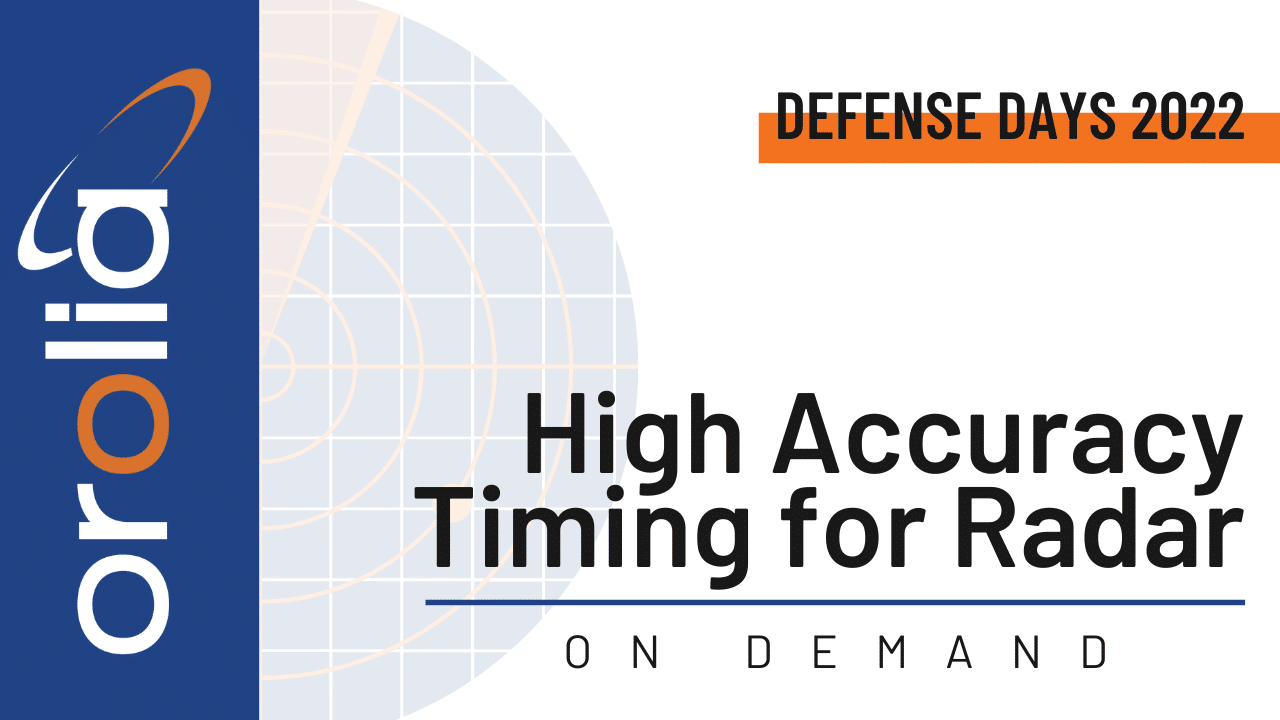Events
Upcoming Trade Shows & Events

XPONENTIAL is a yearly gathering of global leaders and end users in the uncrewed systems and robotics industry. Founded on the belief that…
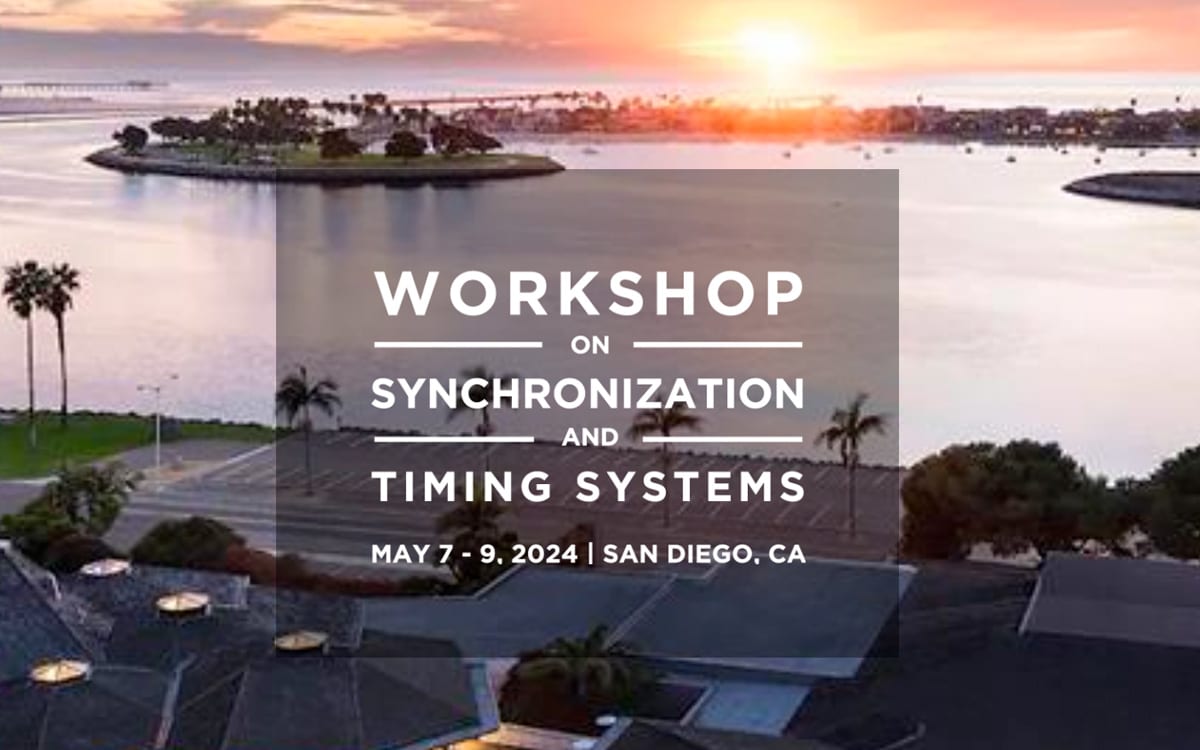
ATIS’ Workshop on Synchronization and Timing Systems (WSTS) brings together the leading corporate and government experts to shed light on the…

AOC Europe serves as a vital platform for connecting government, defense, industry, and academia to facilitate the exchange of ideas and…

This is the 11th iteration of this meeting, the third time we have co-located three events, and the second time we have added on our Surface…

Unvex 2024, a unique event where the uncrewed systems community will meet to define the future of this new technology called to play an…

The European Test and Telemetry Conference (ETTC) is a leading international event for professionals, experts, researchers, and students from…

IMS is the flagship event in a week dedicated to all things microwaves and RF. The week also includes the IEEE MTT-S Radio Frequency Integrated…

Fifty-five years after its creation, the show has embarked upon a new chapter in its history, on a backdrop of unprecedented geopolitical…
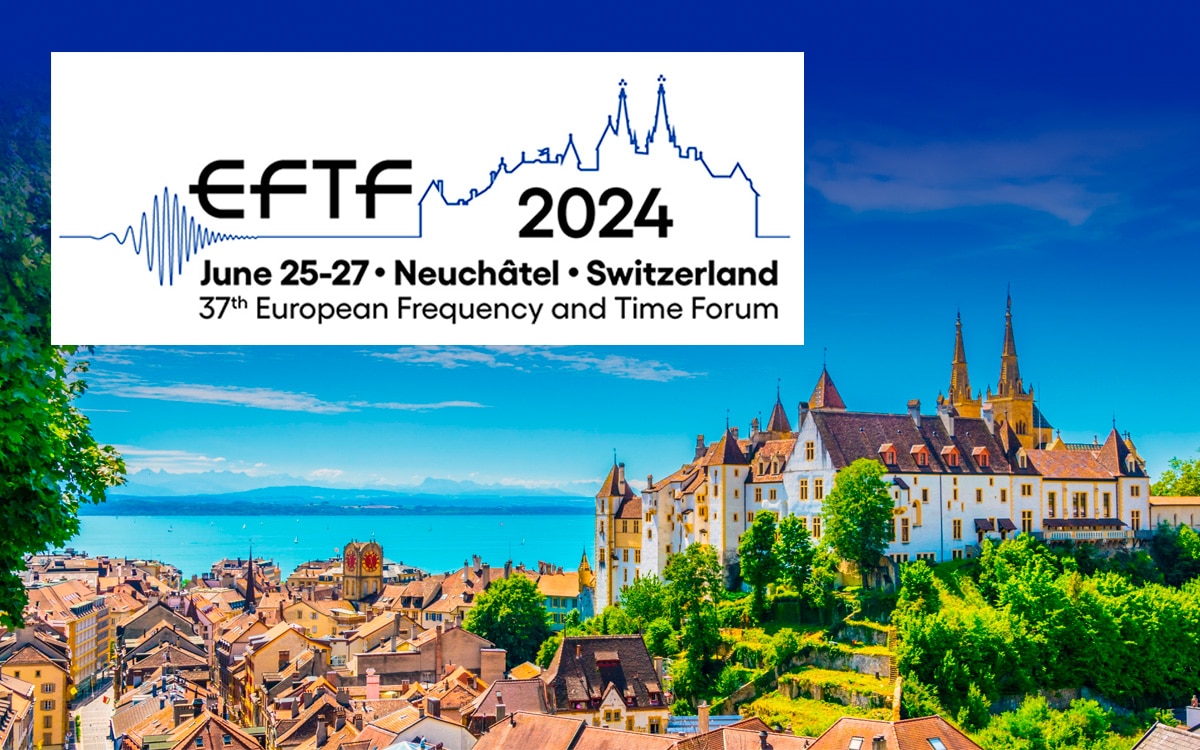
The European Frequency and Time Forum (EFTF) is one of the main scientific conferences in the time & frequency domain. New products and related…

NENA The 9-1-1 Association is the only non-profit professional organization solely focused on 9-1-1 operations, technology, education, and…

Every two years, the aerospace, aviation and defence industries are invited to Farnborough International Exhibition & Conference Centre for the…

APCO 2024, APCO International’s Annual Conference & Expo, is the premier event for public safety communications officials, from frontline…

The Institute of Navigation (ION) is the world’s premier non-profit professional society advancing the art and science of positioning,…

Nothing less than the future of geoinformation, geodesy and land management is what we want to present to you at the Conference. The future is…

It’s the leading expo and conference for every aspect of ADAS and autonomous vehicle testing, development and validation technologies, taking…

Big Science Business Forum is a business oriented congress, focused on high technology and innovation with the aim to be the main meeting point…

The Italian Association of Aeronautics and Astronautics, one of the oldest Astronautical Associations worldwide and a founding member of IAF,…

The Association of the United States Army is a nonprofit educational and professional development association serving America’s Army and…

JAPAN INTERNATIONAL AEROSPACE EXHIBITION 2024 (JA2024) is one of the largest exhibitions in Japan showcasing the best of the world's aviation,…

Three days packed with critical discussion, unrivalled industry networking, world-class speakers and a cutting edge exhibition. All under one…

4 days to meet the decision-makers in the worldwide shipbuilding industry Innovations, cutting-edge technologies, official delegations from all…
On Demand Webinars

An overview of the UAM industry's key initiatives and challenges, including new regulatory frameworks and the growing threats to GNSS signals.

The purpose of this project is to expand the existing Skydel radio frequency constellation simulator product to cover arising customer needs.
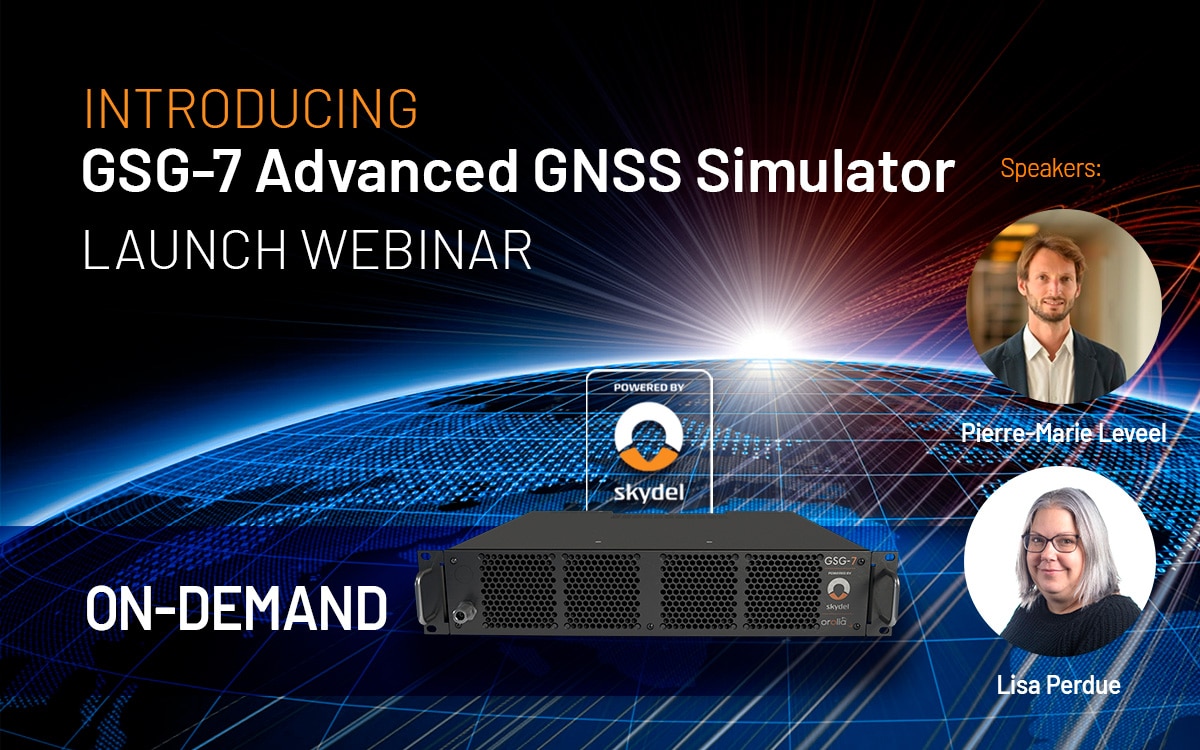
Safran has developed a new turnkey GNSS Simulator for signal testing and generation, built upon the proven Skydel Simulation Engine platform.
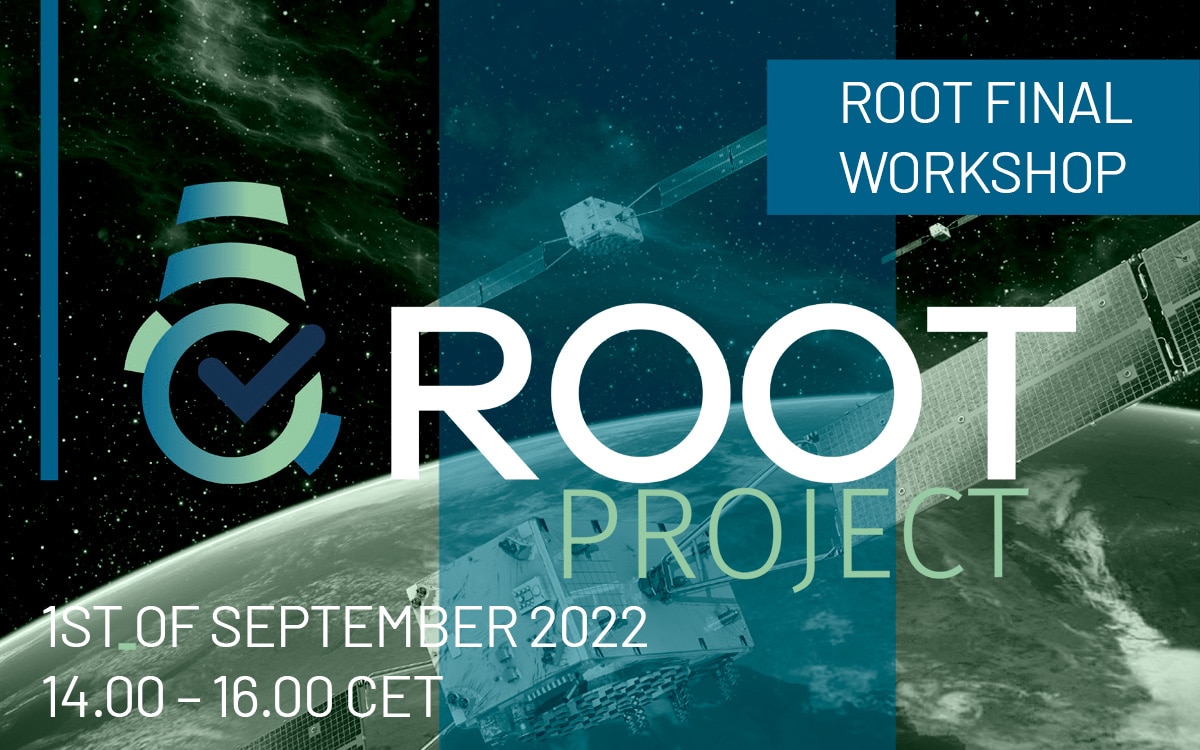
ROOT aims to assess the benefits introduced by the Galileo authenticated signals (OSNMA) in the specific context of synchronization of 5G…

GNSS vulnerabilities with a focus on testing and simulation solutions for Lower Earth Orbit (LEO) constellations.
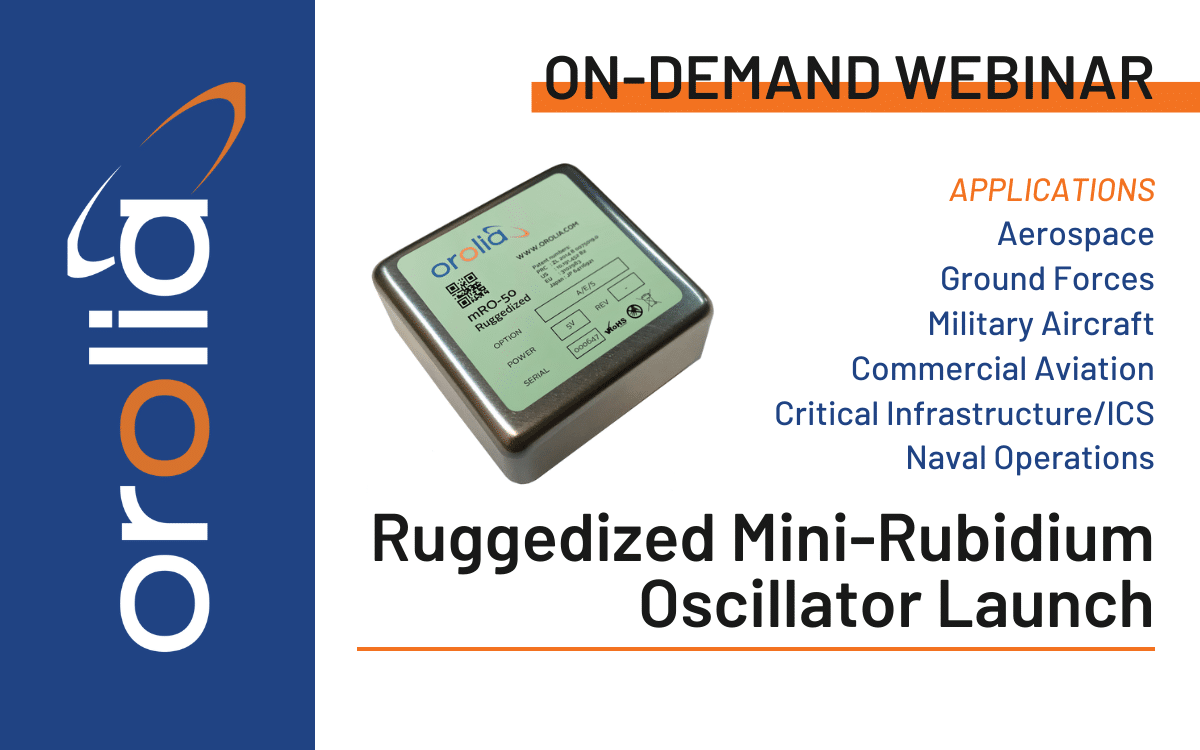
Orolia has developed a new Ruggedized mRO-50 to meet harsh environment requirements for military & aerospace applications.

Quantum sensing with hot vapors symposium

Each speaker will examine the work being done by the organizations leading the way on the migration to a software defined architecture.

NAVITEC 2022 provides an open forum for space and terrestrial satellite navigation technology designers, developers, integrators, users,…
